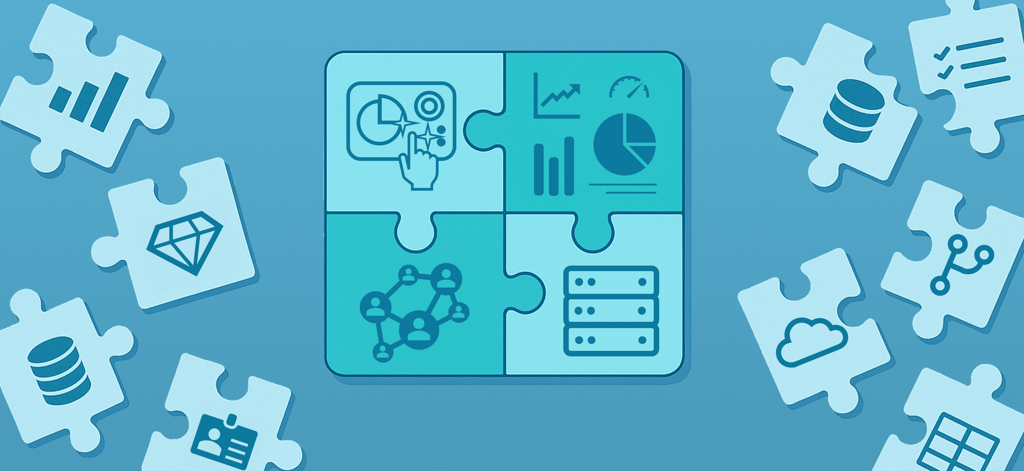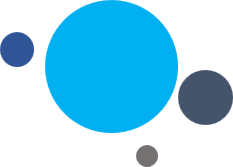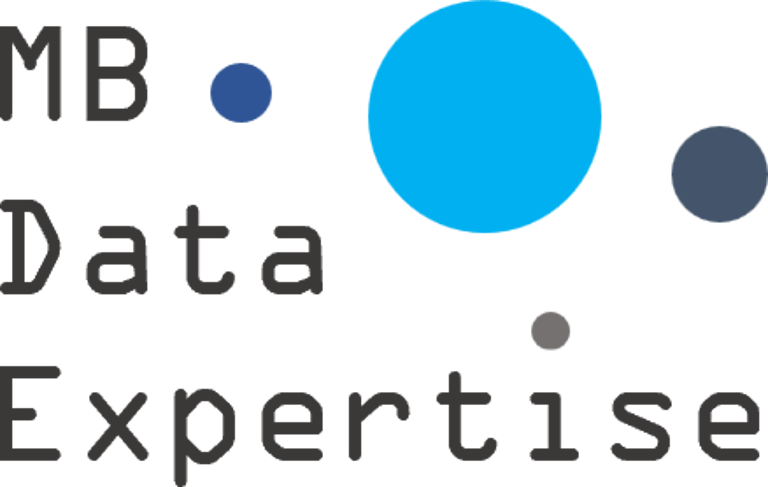From Data Silos to Central Data Platform: A Microsoft Fabric Journey
9/20/20252 min read


In many organizations, data is scattered across departments and systems. Finance has its spreadsheets, sales uses its CRM, operations rely on ERP systems, and marketing tracks performance in separate tools. This siloed approach makes it difficult to create a single, reliable picture of the business.
A central data platform solves this challenge by consolidating information into one unified environment. With Microsoft Fabric, companies can build such a platform faster and more effectively than ever before.
The Problem with Data Silos
Data silos cause a number of common issues for businesses:
Inconsistent reporting: Different departments produce conflicting numbers
Inefficiency: Analysts spend more time collecting and reconciling data than analyzing it
Lack of trust: Management cannot rely on KPIs if every report shows different results
Slow decision-making: By the time manual reports are finished, the data is already outdated
These problems limit an organization’s ability to act quickly and make truly data-driven decisions
The Microsoft Fabric Approach
OneLake: One Source of Truth
At the core of Fabric lies OneLake, a unified, cloud-based data lake. It centralizes structured and unstructured data from across the enterprise. Instead of storing data in multiple systems, all teams access the same governed datasets.
Data Factory: Seamless Integration
Fabric includes Data Factory, which automates data ingestion from ERP, CRM, HR, and legacy systems. With hundreds of connectors and low-code pipelines, it eliminates the manual exports that often keep data trapped in silos.
Synapse Data Engineering and Warehouse
For data preparation and structured analytics, Fabric provides Synapse Data Engineering and a modern Data Warehouse. Together, they allow organizations to transform raw data into ready-to-use, high-performance datasets for analysis.
Power BI for Self-Service Analytics
Once data is centralized and prepared, Power BI delivers it to business users through interactive dashboards and paginated reports. Controllers, sales managers, and executives can all explore the same underlying data with confidence.
Governance with Purview
Fabric integrates with Microsoft Purview to provide cataloging, lineage tracking, and role-based access control. Governance ensures that while data becomes more accessible, it remains secure and compliant.
The Journey: From Silos to Centralization
Implementing a central data platform with Fabric is a journey that typically involves:
Assessment: Identifying data sources and pain points in current processes
Integration: Building automated pipelines with Data Factory
Centralization: Migrating datasets into OneLake as the single repository
Modeling: Preparing data in the warehouse for reporting and analytics
Empowerment: Delivering insights to business users through Power BI
Governance: Establishing security and compliance policies with Purview
This structured approach ensures that the transition is smooth and that every department benefits.
Business Benefits of a Central Data Platform
By moving from data silos to Microsoft Fabric, organizations gain:
One version of the truth for all reporting and analytics
Time savings through automation of data preparation
Faster insights with real-time analytics and dashboards
Better collaboration between departments using shared datasets
Scalability for future data growth and advanced use cases such as AI
Conclusion
Breaking down data silos is no longer optional for organizations that want to compete in a fast-paced, data-driven economy. Microsoft Fabric provides the tools to unify data into a central platform, ensuring consistency, scalability, and governance.
The journey from silos to centralization is a transformative one. By adopting Fabric, companies empower their teams with trusted insights, reduce inefficiencies, and lay the foundation for advanced analytics.
From fragmented data to a central platform—Microsoft Fabric makes the journey not only possible, but achievable.
MB Data Expertise
Transforming data into actionable
business intelligence solutions.
© 2025. All rights reserved.

